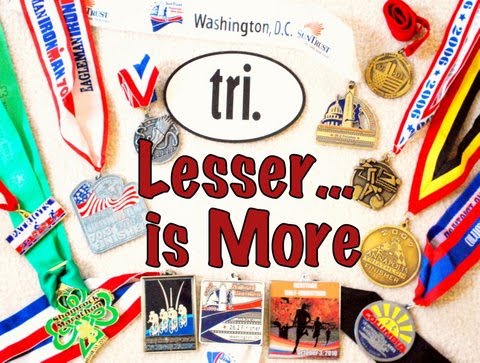Ok - I think I've heard it enough - stretching is bad. You may have heard that too. But dig a little deeper and you'll find that the same people that say stretching is bad, say that dynamic stretching is good. But in most cases, they don't call it dynamic stretching - they call it "functional movement." For me, its a case of your say "po-tay-toe" I say "po-ta-toe". They are the same thing. But most articles seem like they are hit pieces on stretching altogether. I mean, let's face it, when you title an website called "Stop Stretching", you are pretty much trying to make a bold point. But then I think about the average joe out there that reads that and says, "Well, I'm never stretching again! What a waste of time". And that is my concern about statements like saying stretching is bad, because it isn't all bad. Specifically, I think it comes down to the definition of what you call stretching, so let's define that.
We've got a number of types of stretching terminologies:
- Static stretching - This is more commonly known as the reach and hold for up to 30s type. This is also the kind that most often people say is bad.
- Ballistic stretching - This is more of the "old school" way to stretching where you bounce frequently at the end of your range of motion. Even most stretching advocates do not recommend this kind of stretching at all, since you can bounce your way very easily to a torn or injured muscle.
- Dynamic stretching - With dynamic stretching, you take your muscles through their natural range of motion in a series of movements that closely mimic the activity in which you will be participating in. This is what more people refer to as the good kind of stretching these days.
So with those definitions clear, we now have a distinction between them. In each case, the thought behind stretching is to increase flexibility and thus allow us to operate at more efficient levels by increasing range of motion. While that line of thinking may be true, it doesn't follow that static and ballistic stretching provides that goal. Static and ballistic stretching is associated with injury risks, and some static stretching has been shown to actually impair muscle function and power, whereas dynamic stretching has proven to show a positive affect on preparing the body for specific activities. So that is where all this chatter over why stretching is bad came from. But again, it is all about word choice here and specifically in the form (and perhaps connotation) of what the word stretch means to people. So don't get caught up in the word games people are playing. In another future post, I'll discuss my warm up routines, which all consist of dynamic (or functional if you prefer that term) stretching, however that is a topic for another day.
But there is also one more element that people are jumping onto the "stretching is bad" bandwagon for. It is based on a number of studies that have shown that there is no correlation between flexibility and running economy. For more information on those studies, I'd refer you back to this post and the links referenced throughout it (PS - its a good read, so I'd recommend). As you'll note from that link, elastic recoil plays the biggest role in proving the importance of some tightness, rather than complete flexibility. With too much flexibility, the transfer of energy due to elastic recoil is lost, thereby making the super flexible runner less efficient.
However, in my opinion, I think there is something to be said of the fact that there is a difference between being completely inflexible and somewhat inflexible. Specifically, in order to execute the activity for which you are preparing to do, you still need to have sufficient range of motion for your body to accommodate that kind of movement. In terms of running, if you don't have enough mobility in your hips, then your form will be compromised, resulting in the recruitment of other muscles to compensate. Often times, this leads to lower back pain or hip flexor pain, because muscles not prepared to carry a large load are now being asked to compensate for excessively tight muscles elsewhere. Additionally, runners must have some mobility in calf/ankle region, otherwise their body can't support the stress. Too much tightness there and you risk pulling/tearing the muscle or placing excess stress on supporting muscles around it, which can lead to a whole host of other issues.
My point is that some mobility is needed in order to ensure your body can operate efficiently. And while some tightness is good, too much can also be a bad thing. So next time you read about how bad stretching is, think specifically about what they are talking about. Don't just gloss over the title to mean that all stretching is bad. I think in most cases, you'll find that their are promoting one form of stretching over another, but as a method or argument, they might call it something else.
To-ma-to, to-mah-to...its all the same to me!

1 comment:
nice post. lots of bold statements, partial studies, and assumptions out there.
Mobility is key... as you clearly point out
Post a Comment